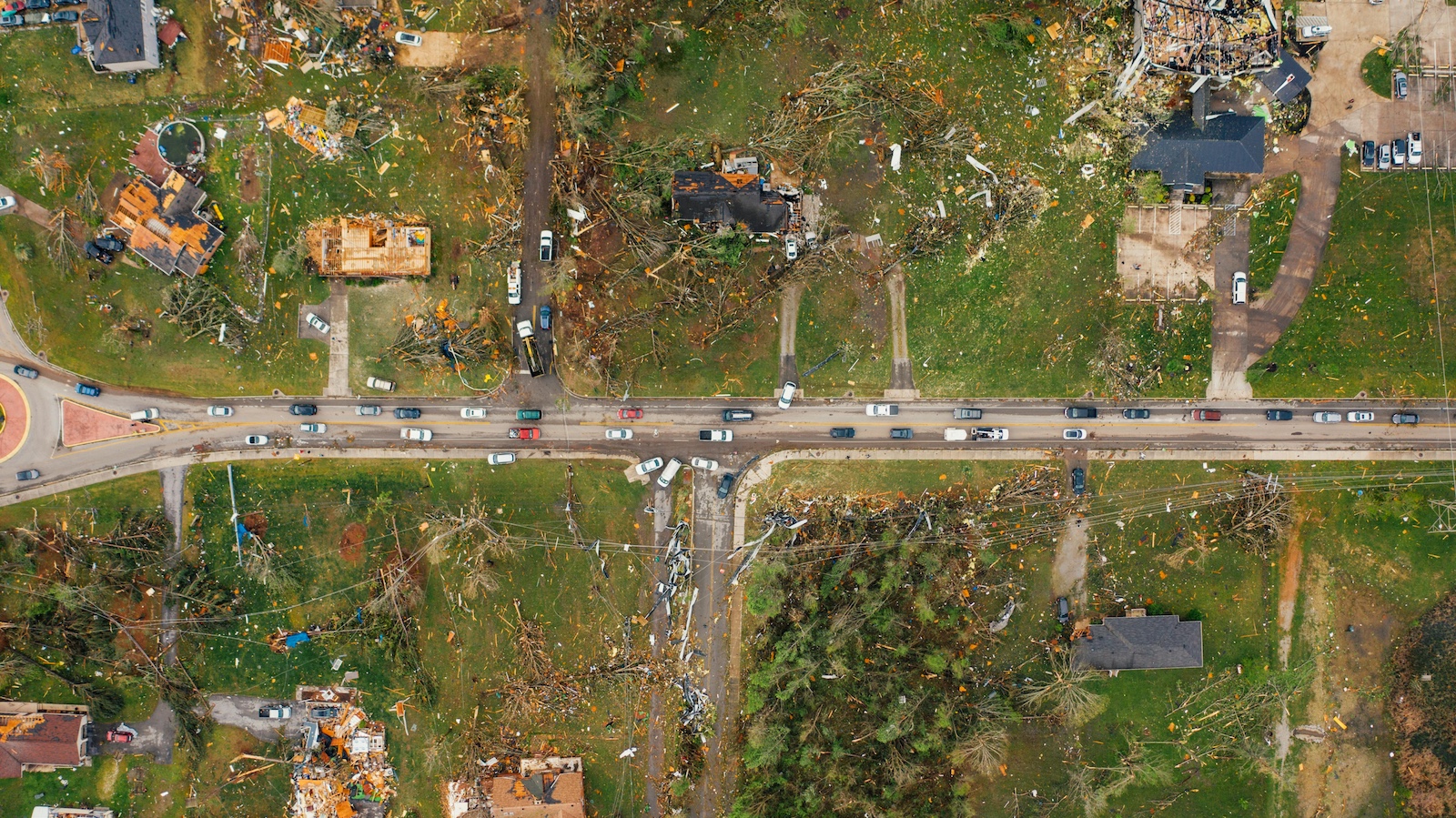While agreement has grown in recent years that climate change is real, that humans are a major contributor and that it presents a grave danger, the consensus still leaves a lot of wiggle room. How fast is the world warming? How much influence do we humans have? How stark are the coming dangers, and when will they hit us?
Many have rallied to the climate change cause based on a perceived moral imperative – we owe it to our kids and grandkids to leave the planet in the best shape possible – but the realist in me knows that the effort will go to the next level once the cause turns into a clear economic argument. The argument would project costs related to climate change, writ large – the growing damage from wildfires and hurricanes, the damage to crops from increased heat, the costs of people having to relocate from the coasts as sea levels rise, etc. (Yes, the models are imprecise, but they’ve been getting better for a long time and will continue to do so.) The argument would then project the costs both of slowing the warming of the planet in the long run and of mitigating the short-term risks from those storms, fires and more. Once it becomes clear that the price of likely damage exceeds the cost of mitigation, then climate change expands from being a cause to being a calculation.
That may be starting to happen.
A group of universities and climate research organizations published a report recently that said that climate change contributed $8 billion of the $75 billion of damage that Superstorm Sandy wreaked on the Northeast in 2012. Based on extensive simulations, the group concluded that climate change had raised the water level by four inches in the Atlantic Basin. That doesn’t sound like much, but, once Sandy churned up a monumental storm surge at what turned out to be an extra high tide, the water level was 14 feet above normal in New York City – and the researchers concluded that the extra water from climate change meant that 71,000 homes were flooded that would otherwise not have been.
One data point does not a trend make (and some will challenge that data point), but I’m encouraged by this effort and hope that the real experts on risk – insurance companies – will increasingly weigh in on how to quantify what the costs of climate change will be and on how we might reduce those risks, so we can move from cause to calculation.
Investors are certainly encouraging interest. The Wall Street Journal reports that investments globally in funds focused on the environment hit $2 trillion in the first quarter and appear to have passed the tipping point. The WSJ says that investors are adding $3 billion a day to those funds and that $5 billion of bonds and loans are being issued daily to finance green initiatives – which would mean $3 trillion more for such initiatives just this year.
Since I helped with a book called “Resource Revolution” back in 2013, I’ve argued that a key approach to heading off climate change is to turn the market loose on it: Find ways to make it profitable to head off disaster.
Maybe we’re finally headed in that direction, if we can start to put a number on the costs of climate change while holding out really big numbers in front of those trying to innovate solutions.
Here’s hoping.
Cheers,
Paul
P.S. Here are the six articles I'd like to highlight from the past week:
State of Mental Health in the Workplace
As work from home continued, employers became even more aware of the impact of mental health and well-being.
Does Cyber Insurance Add to Ransomware?
There is literally no industry better positioned to fight cybercrime than the insurance industry.
Could COVID Help Life Insurance?
While the pandemic may have put the world on pause, it has put the modernization of the life insurance industry on fast-forward.
Simplicity, Magic in Life Insurance Sales
Everything we’ve learned about e-commerce design can be applied to the life insurance consumer--no matter where or how a policy is purchased.
COVID-19’s Impact on Replacement Costs
To make sure there are no surprises, asset owners across sectors need to ensure that their valuations are up to date.
Financial institutions face emerging risks driven by cyber exposures, a growing burden of compliance and the turbulence of COVID-19.








